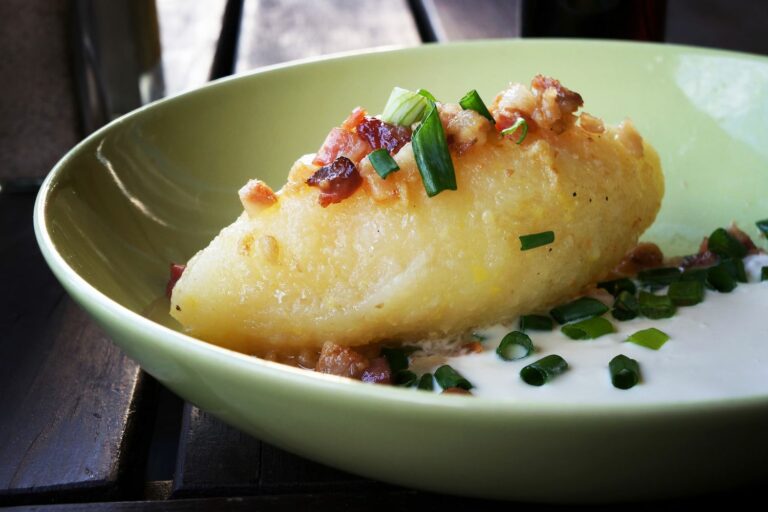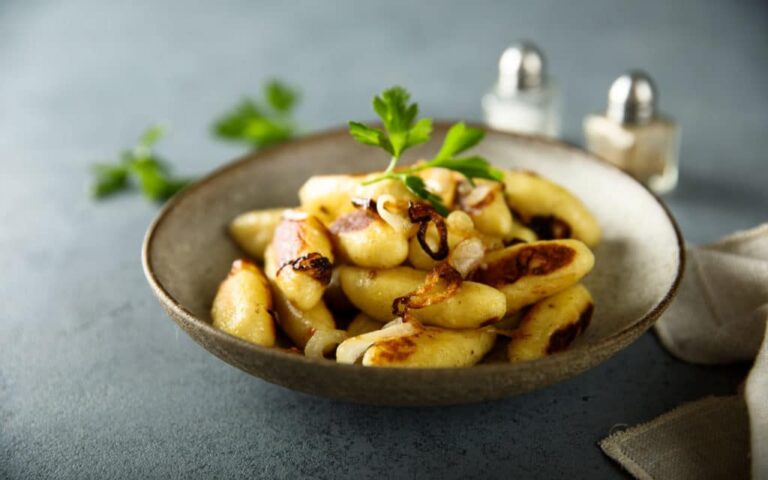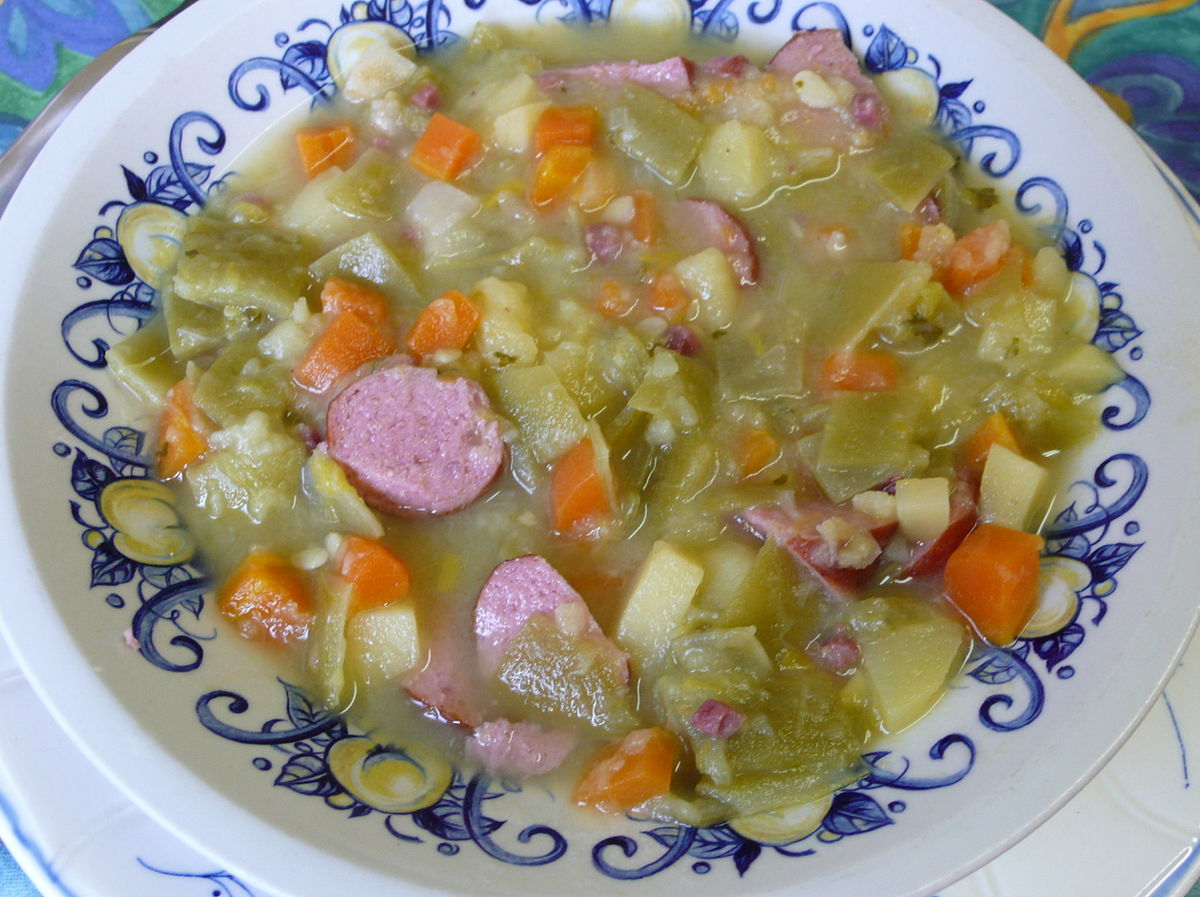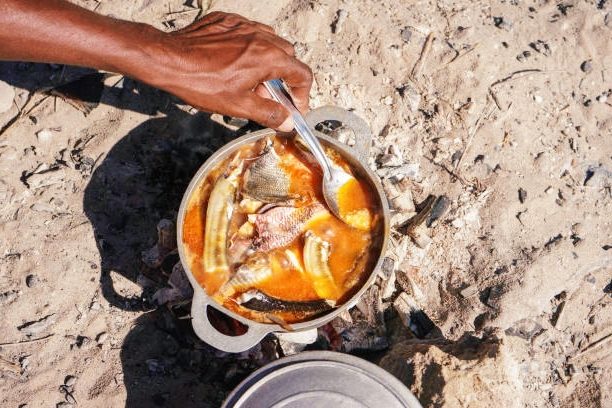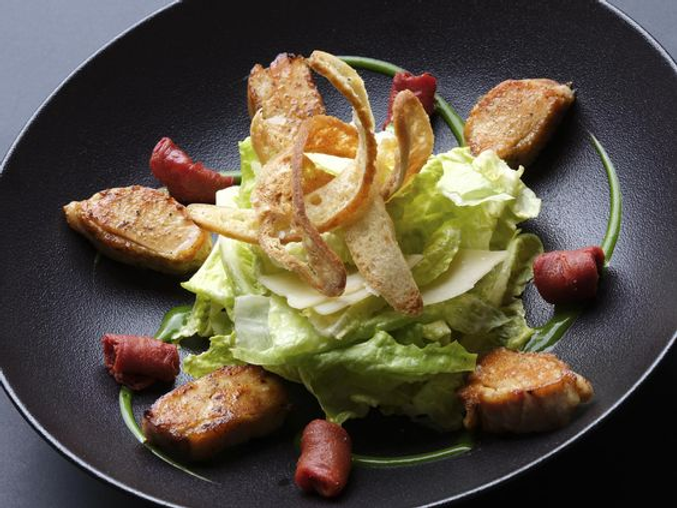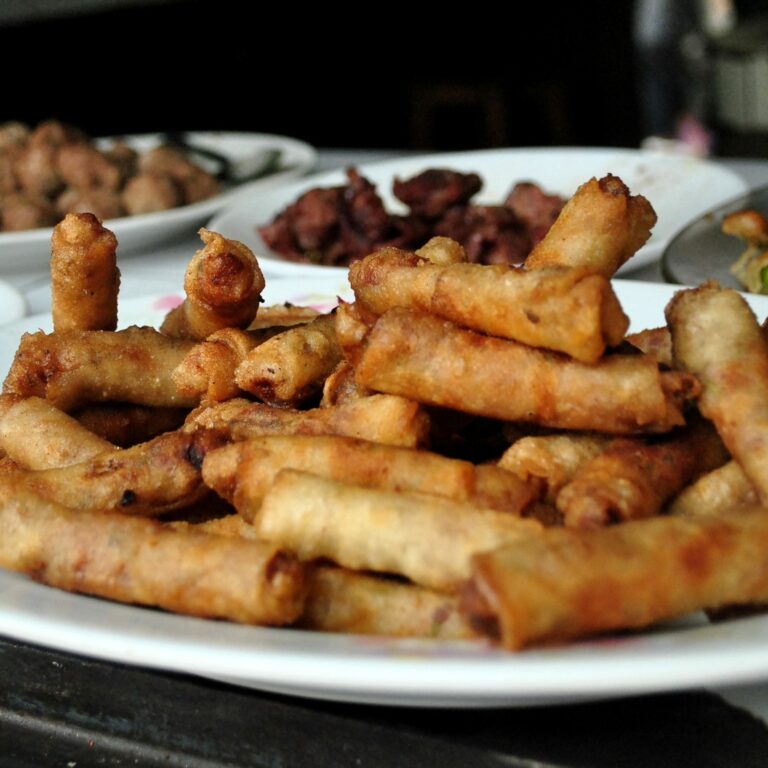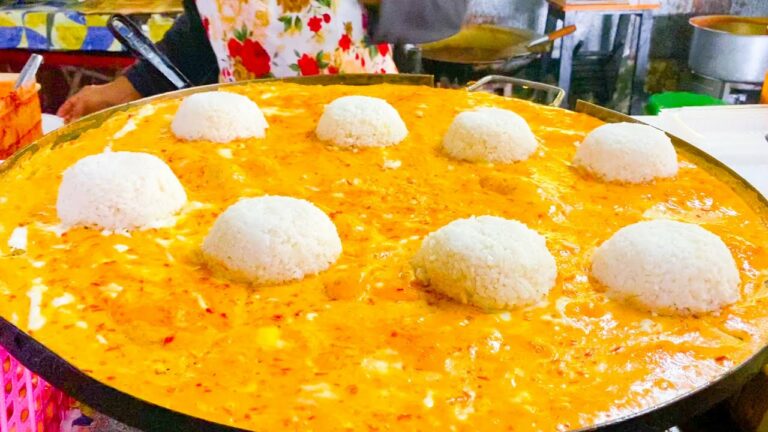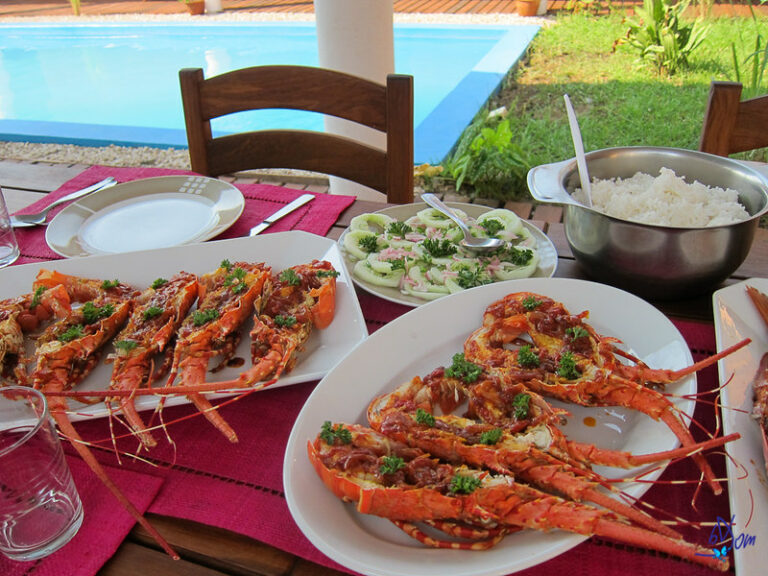Introduction
Lithuanian cuisine is a little-known gem in the world of gastronomy. With its unique flavors and ingredients, Lithuanian cooking has a distinct identity that sets it apart from other European cuisines. Despite its relative obscurity, Lithuanian cuisine has a rich history and a deep cultural significance that continues to be celebrated today.
Lithuanian cuisine: a brief overview
Lithuanian cuisine is characterized by its rustic simplicity and reliance on local ingredients. Hearty soups, stews, and dumplings are staples of Lithuanian cooking, as are potatoes, meat, and dairy products. The country’s harsh climate and long winters have also inspired a tradition of preserving foods through smoking, salting, and fermenting.
Unique Lithuanian ingredients
Lithuanian cuisine makes use of a number of unique ingredients that are not commonly found in other European cuisines. One of the most iconic Lithuanian ingredients is cepelinai, a type of potato dumpling that is stuffed with meat, cheese, or mushrooms. Another key ingredient is curd cheese, which is used in a variety of sweet and savory dishes. Other unique Lithuanian ingredients include smoked meats, wild mushrooms, and cranberries.
Traditional Lithuanian flavors
Lithuanian cuisine is characterized by its hearty, comforting flavors. The use of smoked meats and fish gives many Lithuanian dishes a rich umami flavor, while the use of sour cream and curd cheese adds a tangy note. Dill and caraway seeds are also commonly used in Lithuanian cooking, giving dishes a distinctive herbal flavor.
How Lithuanian cuisine differs from other cuisines
Lithuanian cuisine is distinctive for its emphasis on simplicity and the use of local ingredients. Unlike many other European cuisines, Lithuanian cooking is not heavily influenced by foreign culinary traditions. Instead, Lithuanian dishes reflect the country’s unique cultural and historical identity.
Famous Lithuanian dishes with unique ingredients
Some of the most famous Lithuanian dishes are also the ones that make use of the country’s unique ingredients. Cepelinai, or potato dumplings, are a staple of Lithuanian cuisine and are often served with a variety of toppings, including bacon and sour cream. Kugelis, a potato pudding, is another iconic Lithuanian dish, while smoked eel and herring are popular seafood options. Finally, šakotis, a unique Lithuanian cake made from layers of batter, is a beloved dessert that is often served at special occasions.

